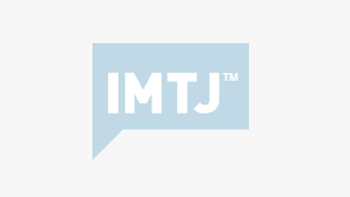Extensive media coverage of outbound medical tourism focuses on US residents leaving the country for medical care. Stackpole & Associates, an independent research company, has completed a survey of US international patient departments to learn about patients coming to the US for health care services.
Extensive media coverage of outbound medical tourism focuses on US residents leaving the country for medical care. Stackpole & Associates, an independent research company, has completed a survey of US international patient departments to learn about patients coming to the US for health care services.
Stackpole & Associates surveyed leading US hospitals with international patient departments to examine the impact of inbound medical tourism on those health care providers. According to Irving Stackpole, “Much is written in the media about outbound medical tourism, travel for medical care to destinations outside the United States. What about international health travelers coming to the US for healthcare services? Who are they and how are US hospitals able to meet their needs? Our survey was designed to answer these and other questions”. The survey was conducted on-line in March 2010. 87 managers of international patient departments throughout the United States were invited to participate from 48 hospitals, and 46% replied while 26% of individuals completed the survey.
This independent survey of the top international patient departments in the United States creates a snapshot of the features of these departments as well as the patients they serve and roles they play within their institutions. The survey results reveal a compelling picture of small but influential departments that meet a variety of challenges with modest staffing and budgets. Inbound medical tourists from every corner of the globe travel to the US for a wide variety of health care services with a focus on cardiology, oncology, and neurological services.
The survey covered various topics relating to medical tourism and international patient departments including: staffing and financial resources; international relationships including referral sources; international patient volume and medical services utilized; current and projected flow of international patients; international patients served by country or region; support services provided directly or by third parties; training for international patient department staff; and obstacles to attracting international patients.
The general view was that international patient departments bring prestige to a hospital. On total international patient volume, the highest percentages within the international patient sector were oncology (32%), cardiovascular (14%) and neurological (12%). International patients on average represent 1.5% of total patient numbers, although numbers have increased over the past 12 months, and most expect further growth this year. Patients come from many countries and noticeable are Mexico (21%), the Middle East (14%), South America (12%), Central America excluding Mexico (11%) and Europe (11%).
Most international patient departments offer additional services such as interpreter / translator, pre arrival medical assessment, assistance with hotel reservations or housing options, special dietary needs and coordination of aftercare services. Less than half provide assistance with transport and / or tourism related services. The emphasis is on medical, not tourism.
The price of US healthcare is rated as the greatest obstacle to international patients and obtaining a visa was the second most difficult problem. Marketing is mostly word of mouth from patients and families, followed by referrals from doctors. Staff coordinate with outside services to provide support for international patients but these staff members receive little training to meet the needs of global health travellers.








 ©2024 All rights reserved LaingBuisson
©2024 All rights reserved LaingBuisson 


